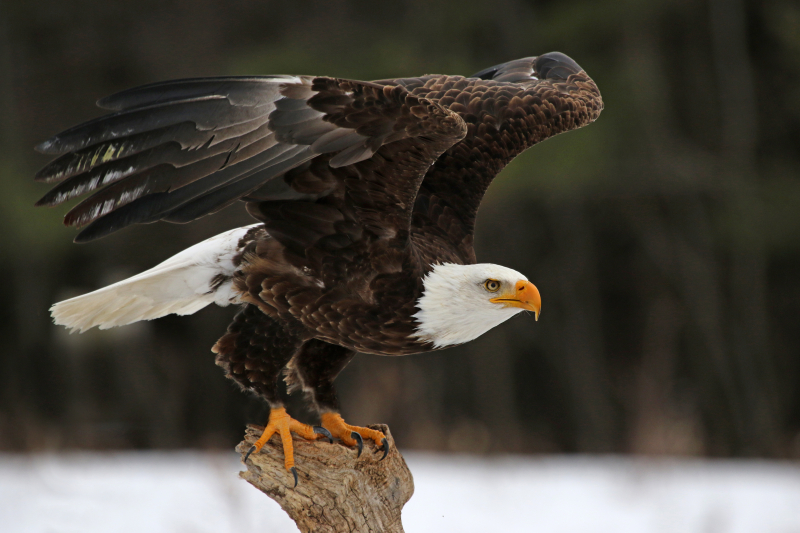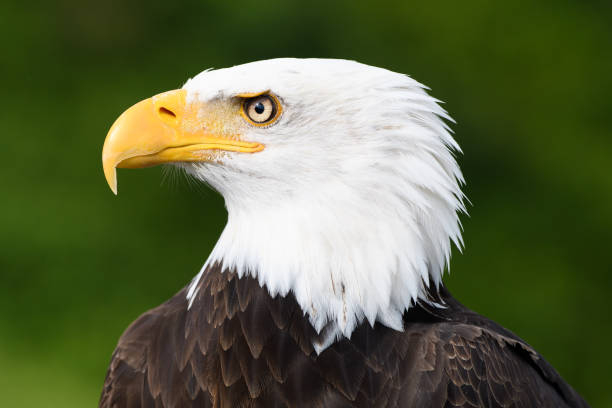Bald eagles
Bald eagles are also one of the predators of sea otters that eat sea otters. Bald eagles Almost any type of American wetland environment, including seacoasts, rivers, sizable lakes or marshes, or other sizable bodies of open water with an abundance of fish, is where you may see bald eagles during their nesting season. Lakes with an area larger than 10 km2 (4 sq mi) are ideal for bald eagle nesting, according to studies, while bodies of water with a diameter bigger than 11 km (7 mi) are preferred. Old-growth and mature stands of coniferous or hardwood trees are often needed by bald eagles for perching, roosting, and breeding. According to reports, the height, make up, and placement of the tree are more crucial to the eagle couple than its species. Off the coast of Alaska, the Aleutian archipelago is home to a large population of bald eagles. They build their nests on islands, coastal cliffs, and sea stacks. Over 90% of the food consumed by bald eagles comes from the water.
Near the islands, sea otters previously dominated the aquatic ecosystems around the shore. The principal predator of sea otters, the bald eagle, has caused a sharp drop in the population of sea otters in recent years. In the past, sea otter pups and fish from kelp forests made up the majority of the diet of bald eagles. Bald eagles, on the other hand, must now rely on marine food due to the reduction in sea otter populations. Bald eagles have been forced to modify their feeding strategies and shift their focus to other areas in response.










